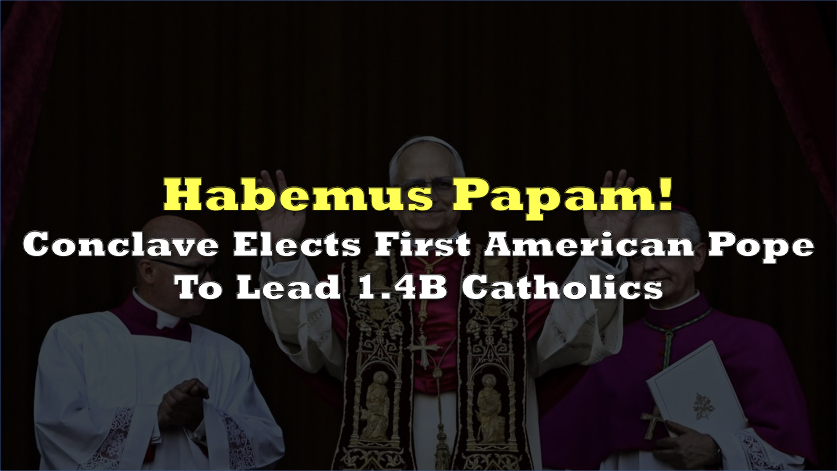The Vatican, often seen as an emblem of spiritual and material wealth, is facing a financial crisis. A dramatic decline in global donations and escalating operational costs have brought the Holy See close to insolvency. With an $87 million operating deficit reported in 2023—a figure growing annually—the Vatican’s financial future hangs in the balance. This crisis is sparking widespread concern among clergy, employees, and the broader Catholic community.
The Vatican’s finances, historically supported by donations, investments, and tourism, have seen a stark downturn in recent years. Annual contributions from the faithful—known as Peter’s Pence—have plummeted, leaving a gaping hole in the church’s budget. This shortfall coincides with increasing demands on resources, including pension obligations for thousands of retired clergy and staff worldwide.
NEWS: 🇻🇦 Vatican 'on the brink of Bankruptcy' due to dramatic decline in global donations
— World of Statistics (@stats_feed) December 18, 2024
In an uncharacteristically candid admission, Pope Francis recently warned of a “serious imbalance” in the Vatican’s pension fund, which is no longer able to guarantee payouts in the medium term. “We face serious and complex problems that risk worsening if not addressed in time,” the Pontiff stated in November 2024.
Tourism, a vital income source for the Vatican, has failed to rebound to pre-pandemic levels. Visitors to the Sistine Chapel and St. Peter’s Basilica remain significantly below 2019 numbers. While the Vatican anticipates a boost from the Great Jubilee of 2025, expected to attract over 35 million pilgrims, experts caution that one event cannot resolve the structural deficits plaguing its financial system.
The COVID-19 pandemic accelerated the Vatican’s economic decline, with prolonged closures of cultural sites and canceled events. In 2021, the Vatican City State budget reported its largest deficit in modern history, triggering emergency measures to stabilize operations.
Critics have pointed to Pope Francis’ leadership as a contributing factor to the financial instability. His progressive stances on issues such as LGBTQ+ inclusion, environmental stewardship, and immigration have alienated conservative donors who traditionally supported the church. Conservative factions within the Catholic Church have argued that these shifts in focus are eroding trust and financial contributions from more traditionalist adherents.
Beyond external challenges, internal financial mismanagement has also played a role in the Vatican’s precarious position. Scandals, including the controversial $350 million London real estate investment gone awry, have dented public confidence. Efforts to introduce financial reforms under Pope Francis have faced resistance, further slowing progress toward fiscal accountability.
The Secretariat for the Economy, established in 2014, was intended to centralize and modernize the Vatican’s financial operations. While it has achieved some success in increasing transparency, its ability to counteract entrenched mismanagement has been limited.
In response to the looming crisis, Pope Francis appointed Cardinal Kevin Farrell as the special administrator of the Vatican pension fund. The Vatican has also reduced its payroll and cut funding for non-essential projects. However, these measures may not be enough to stave off bankruptcy.
A report from the Daily Express speculates that without substantial financial aid, the Vatican could face insolvency within the next decade. Such an outcome would have devastating consequences for retired clergy, lay employees, and global operations, including missionary and charitable activities.
Information for this briefing was found via Irish News and the sources mentioned. The author has no securities or affiliations related to this organization. Not a recommendation to buy or sell. Always do additional research and consult a professional before purchasing a security. The author holds no licenses.





